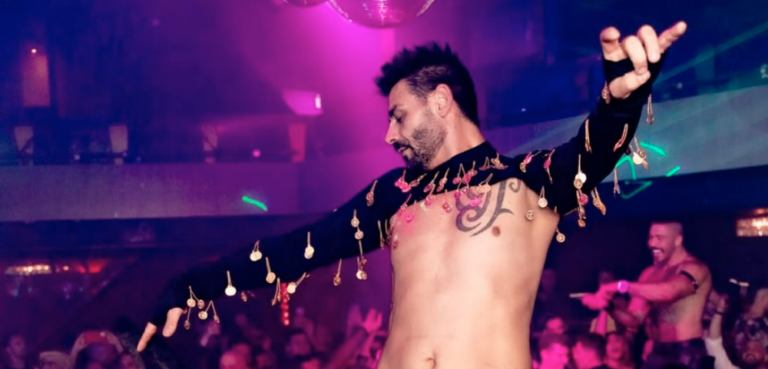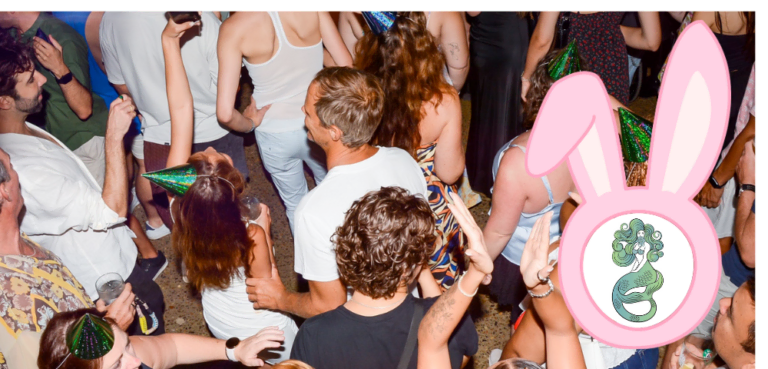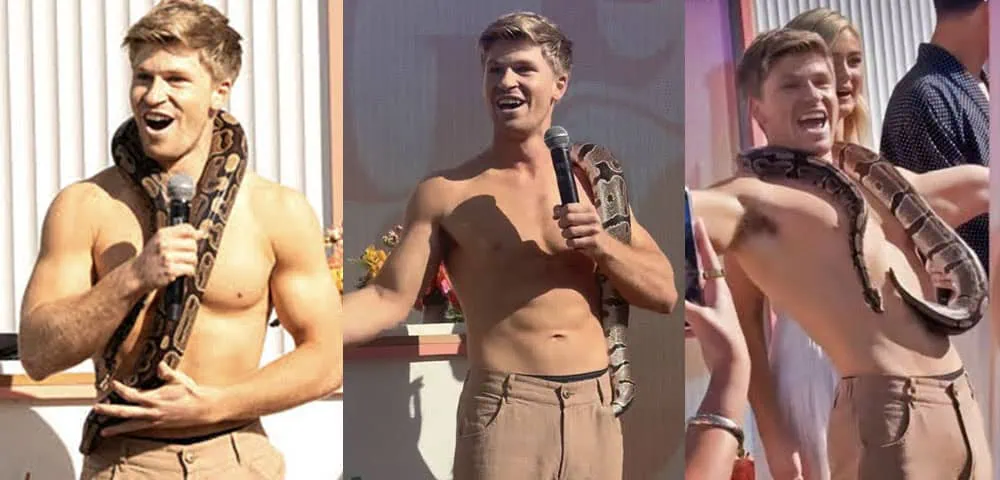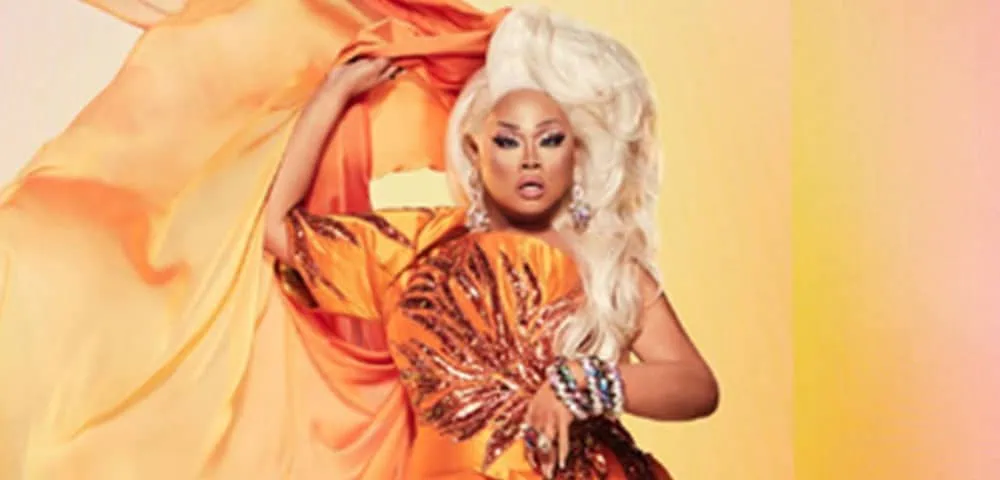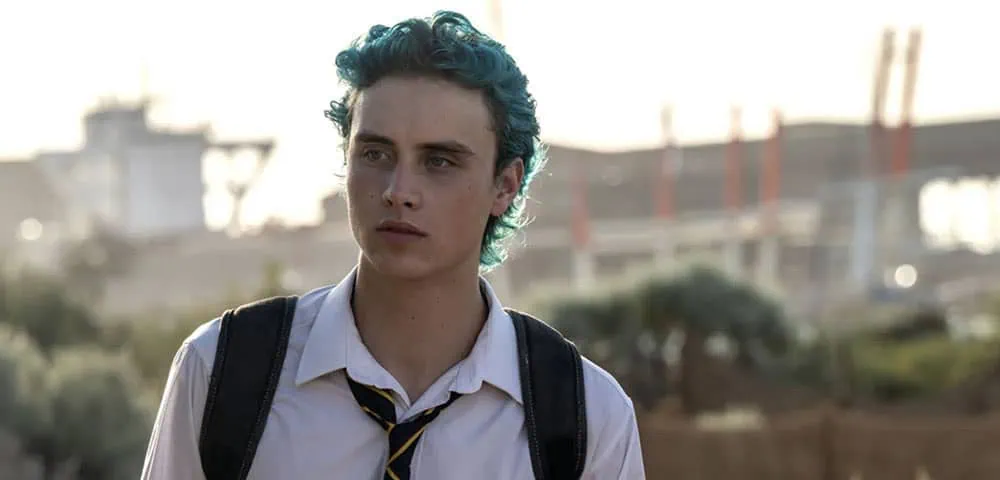
Police Officer Meets Tasmanian LGBT Activist Rodney Croome, 30 Years After Arresting Him At Salamanca Market Protests

Thirty four years ago a young newly graduated police constable Tim Dooley arrested LGBTQI activist Rodney Croome, who was calling for the decriminalisation of homosexuality in Tasmania. Last week the two met for the first time after over three decades in very different circumstances.
This was just the second encounter between Cooley, now a Commander with the Tasmanian Police, and Croome, a former Tasmanian of the Year, who was appointed Member of Order of Australia for his LGBTQI activism in 2003.
“I remember then Constable Dooley being very quiet and withdrawn. My intuition was that he didn’t want to spend his Saturday arresting gay protesters,” Croome told Star Observer about the 1988 arrest in Salamanca Market in Hobart.
Traumatic Arrests Were A Turning Point
Croome recalls that in 1988 the LGBTQI community’s relationship with the local police were “at a low ebb”.
In 1988, Tasmania’s LGBTQI community started their decade long battle to call for the repeal of the law that criminalised homosexuality with up to 21 years imprisonment. They leased a stall in Hobart’s Salamanca market to collect signatures from the public to drum up support for the cause.
In October 1988, the Hobart City Council banned the stall and called in the police. Over next seven weeks the police arrested around 130 LGBTQI activists who defied the ban, which was finally withdrawn on December 10, 1988.
Croome, who was one of the activists who was arrested by constable Dooley and another officer, said the arrests were “traumatic but also a turning point”. In May 1997, Tasmania became the last jurisdiction in Australia to decriminalise homosexuality.
In 2008, the council apologised for the arrests and in 2013 unveiled a public artwork to commemorate the LGBTQI community’s fight for equality.
Officer And LGBTQI Activist Share A Hug

On September 17, 2022, Croome met Commander Dooley for the first time after the 1988 arrest, for the unveiling of a timeline depicting the relationship between Tasmania police and the LGBTQI community. The two met under the photograph of the 1988 arrest and shared a hug.
“It was wonderful meeting him again and getting to know him. We talked about how overwhelming it was for two twenty-somethings to be involved in such a momentous event,” said Croome, adding, “In typical Tasmanian fashion we found out a hill near my house is named after one of his ancestors.”
“It is symbolic of how much has changed that we stood together, at an event dedicated to a better relationship between the police and the LGBTIQA+ community, looking at a photo of our younger selves that felt like it was from another world,” said Croome.
Lots To Be Done To Mend Relationship Between Police And LGBTQI Community
Police Commissioner Darren Hine, who launched the timeline at the Tasmania Police Academy, said it was important to “acknowledge these darker times” and look at how far the relationship between the police and the community had progressed over the past three decades.
The commissioner pointed to the setting up of Tasmania police’s first Gay and Lesbian Police Liaison Committee in 1998 which has now grown into the LGBTIQA+ Strategic Working Group.
According to Croome, there is still a lot to be done to repair the relationship and referred to research by Tasmania police, which revealed that “there are still problems, including with the police response to same-gender family violence; police interaction with trans, gender diverse and non-binary people; hate crime reporting, and workplace inclusion for LGBTIQA+ police staff.”
“But the positive changes we have seen give me hope Tasmania Police and Tasmanian LGBTIQA+ community representatives will continue to work together to ensure safety and equity for LGBTIQA+ people,” said Croome.

